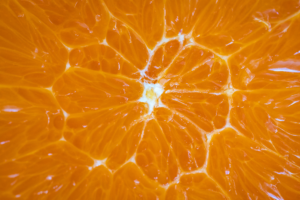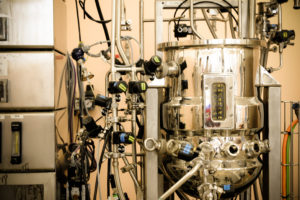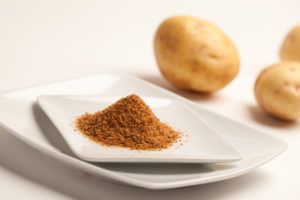How We Test the Heat Stability of Natural Colors
Understanding natural color stability is critical for guiding customers to the best solution for their products. And testing natural colors for heat stability is especially important for applications like beverages, extruded products, and baked good that will be subjected high heat or extended periods of heating.
This video shows how we do a standard 8-week heat test to see how natural colors will perform in beverages.
Interested in learning more about how we test the stability of natural colors? Check out the full article on Natural Color Stability Testing.
Need help testing color stability for your project? Contact us to get started.






